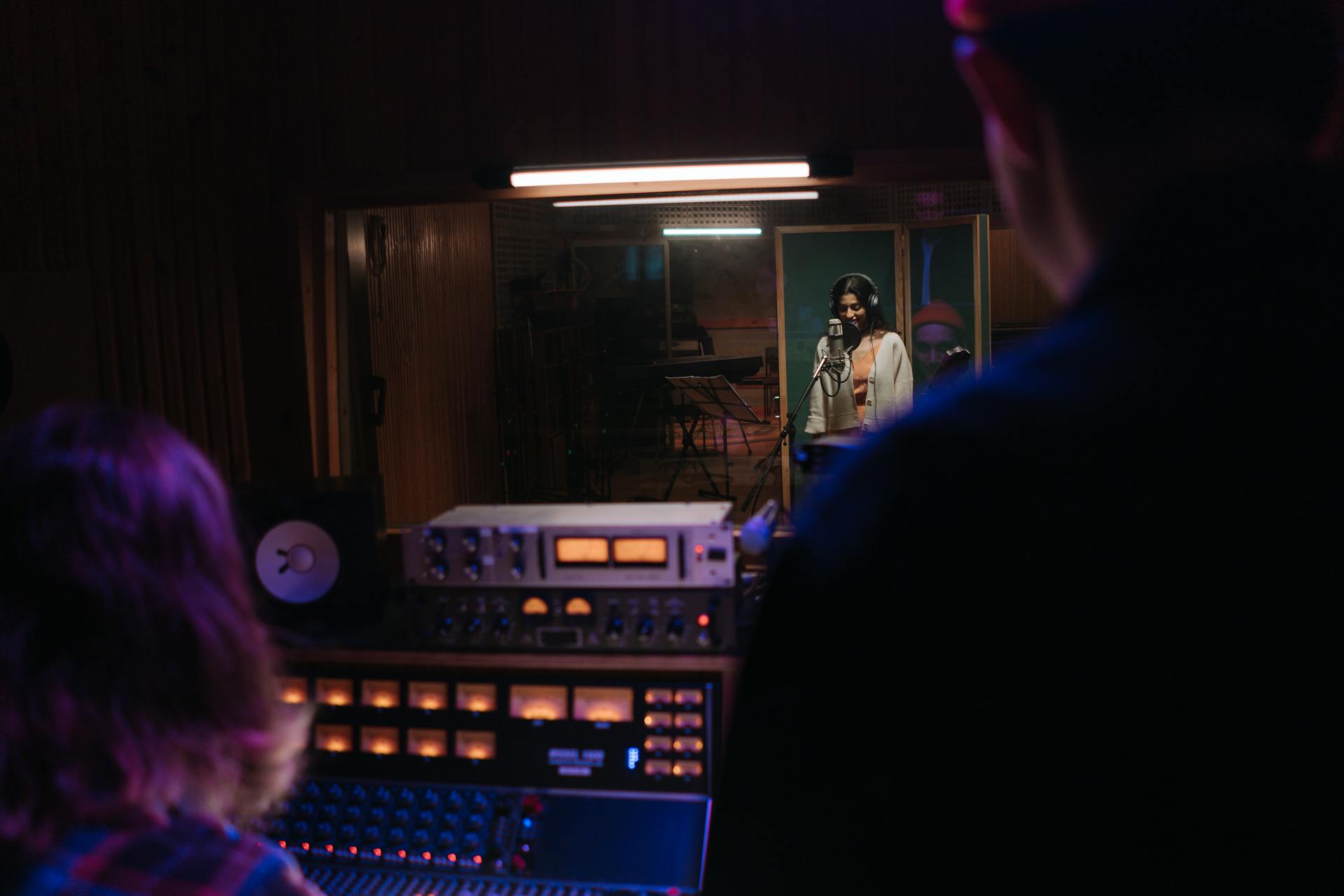What is Internal Diegetic Sound in Film?
Sounds are one of the many elements of a film that can add life to the story and draw the audience in creating a unique connection to the characters, environment, and overall theme of the film’s story. You can generally divide a film’s sound into the following categories: speech, music, and noise. Of these sound categories, there are both diegetic and non-diegetic sounds such as internal diegetic sound. But what is internal diegetic sound in film?

What is Internal Diegetic Sound in Film?
When we discuss the different types of sounds in film, the term “internal diegetic sound” is in use to describe the various sounds that appear to have come from the mind of the character.
These “inner dialogues” or interior monologues represent the character’s innermost thoughts. But what’s most interesting about internal diegetic sound is the fact that we (the audience) can hear the sounds, but the character’s that are having these “thoughts” cannot!
Types of Internal Diegetic Sounds in Film
There are several sounds which may take place in a film and would be considered internal diegetic sounds. Most commonly, we would think of an inner monologue or a character’s inner thoughts as being internal diegetic sounds.
But consider certain other sounds as interior diegetic sounds such as:
- Distorted sounds that would be heard by a character representing a character that is “going mad” or “losing their mind.”
- Hallucinations in which a character hears voices that other characters within the film do not hear.
- A complete silence in which the idea is that there is such intense concentration among the character that the surrounding diegetic sounds just disappear entirely.
How is Internal Diegetic Sound Used?
There are many ways that a filmmaker or screenwriter can use internal diegetic sound in film to create the desired character arc. In fact, the use of internal diegetic sound builds the characteristics of a particular character in a film.
For example, a filmmaker might create a strong sense of a character. That is mentally unstable using internal diegetic sound to depict the character’s innermost thoughts.
Which may be “off base” and also to show periods of distorted sound to create a strong underlying sense of instability within the scene.
Consider This
You can use internal diegetic sound in many other ways, too. For example, a filmmaker might incorporate the use of completely silent interior diegetic sound to create a scene. In which the audience expects to recognize that the character is in deep thought or concentration.
This type of situation might occur when a character is emotionally impacted by a particular scenario and the filmmaker wants to help the audience sense the depth of the situation.
In Summation
So, what is internal diegetic sound in film? And how do you use it? Internal diegetic sound is the use of inner sounds that pertain to a character’s thoughts or inner monologue.
As well as the inner thoughts of another character or the inner silence of a character that results when the character is in deep thought or concentration. It’s a sound that the character would not hear, but which the audience does.

